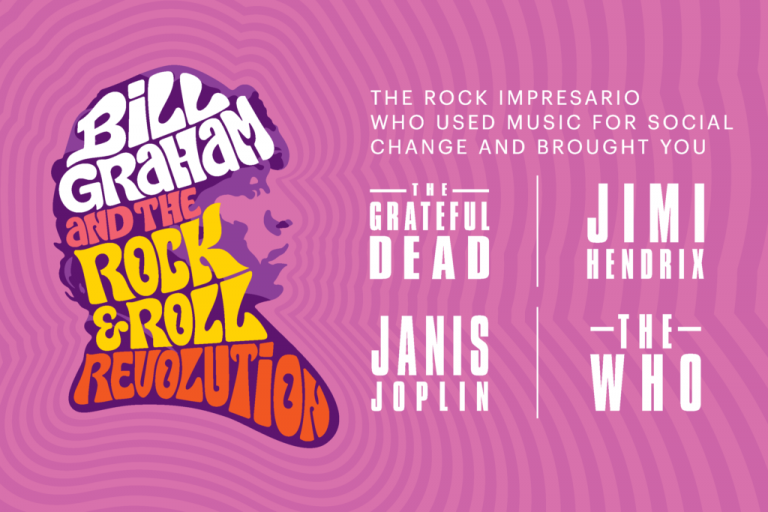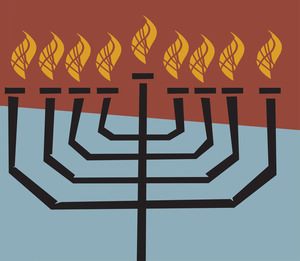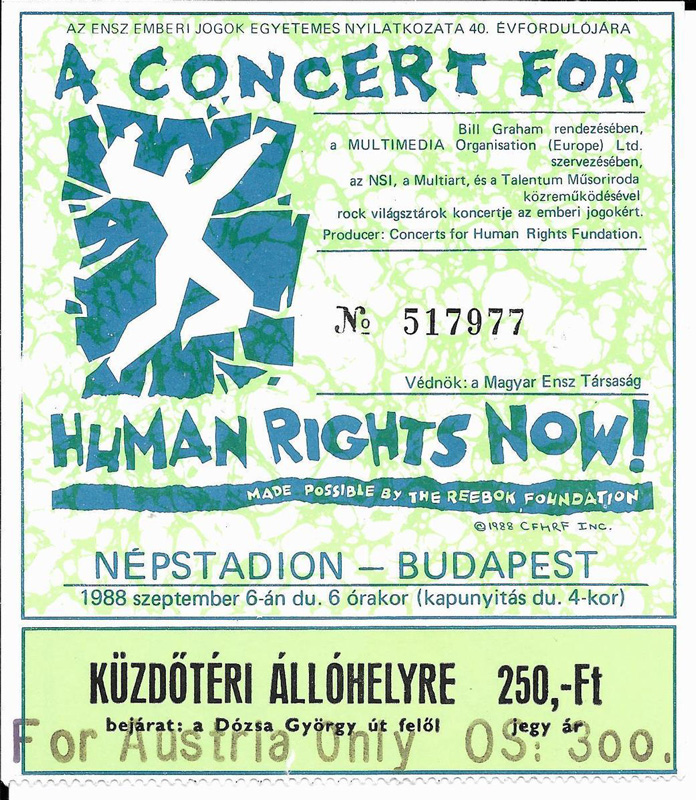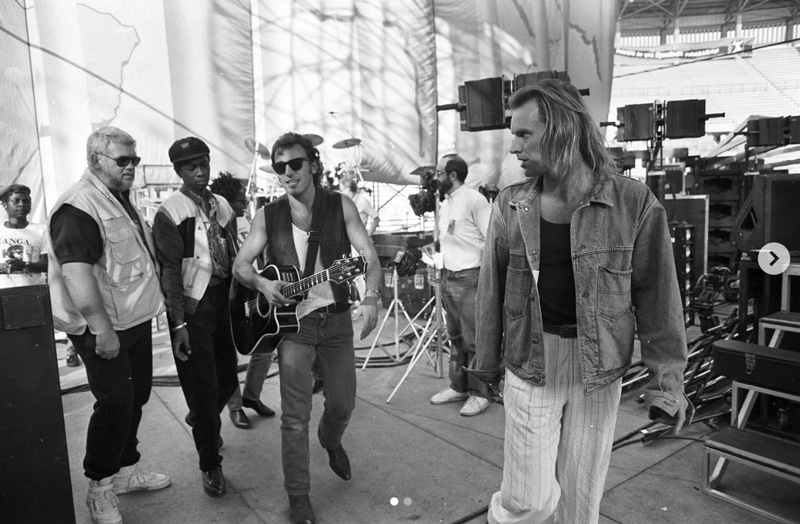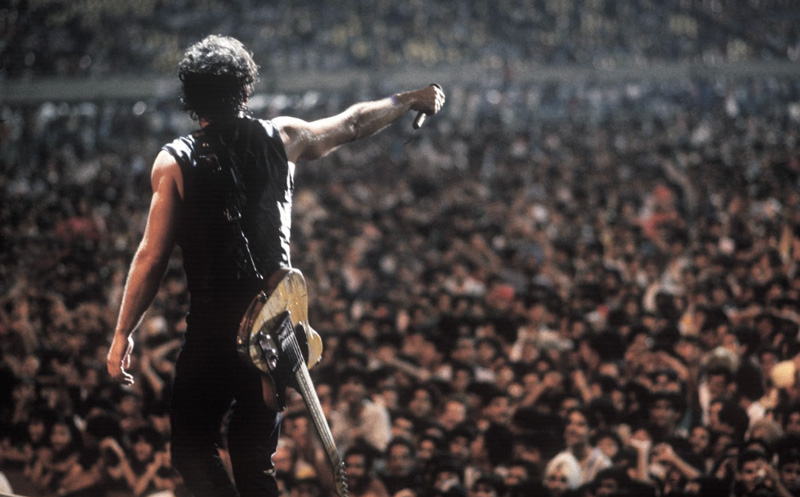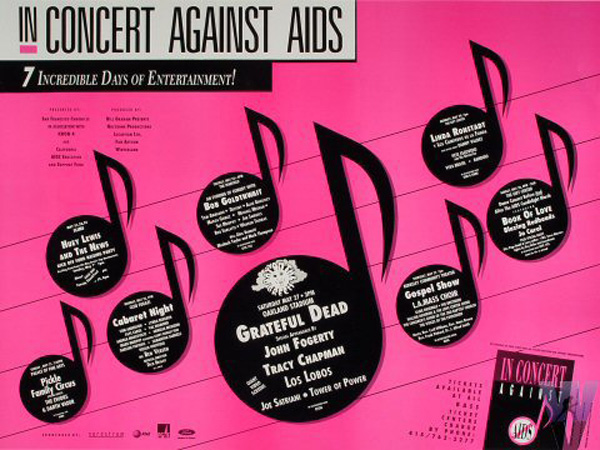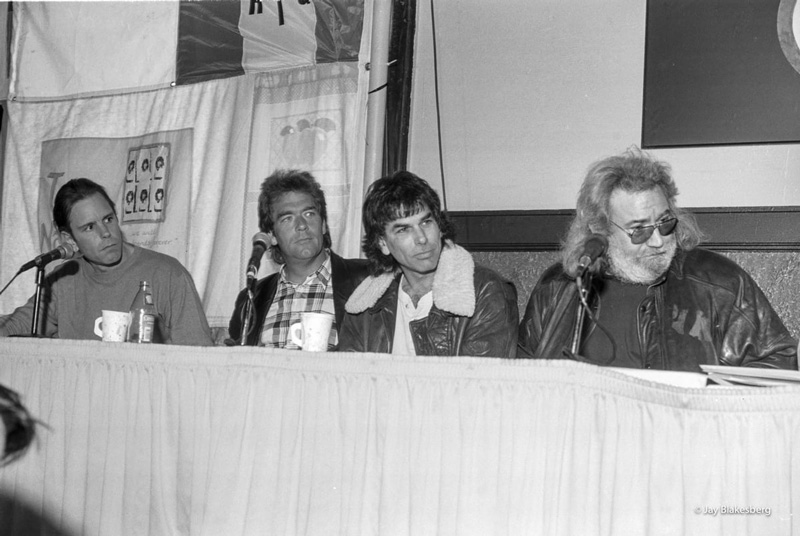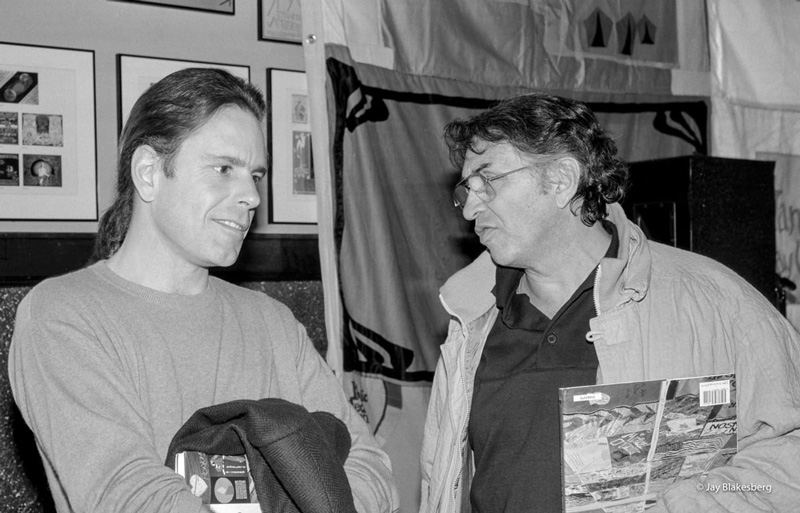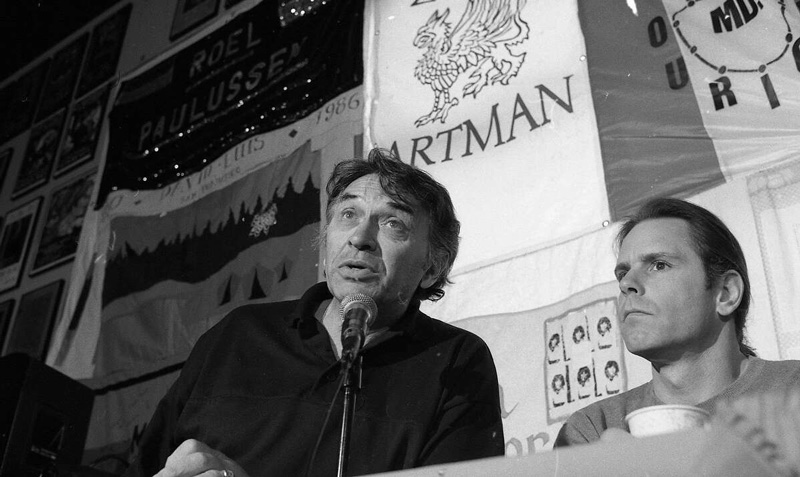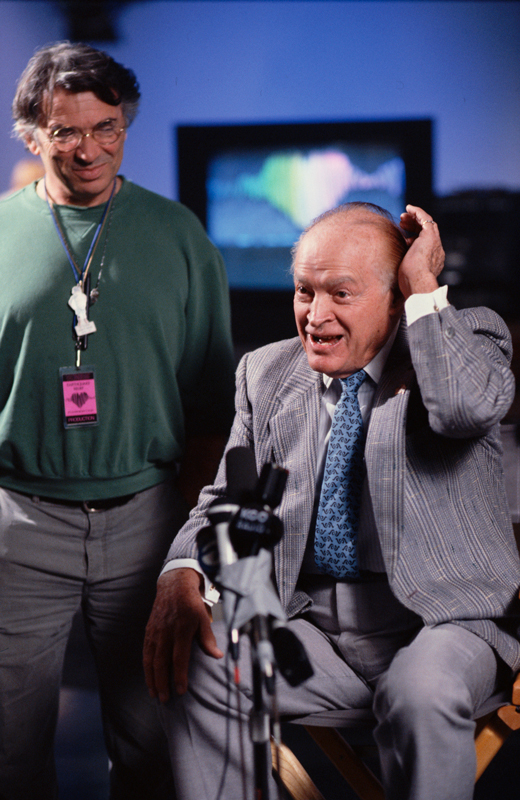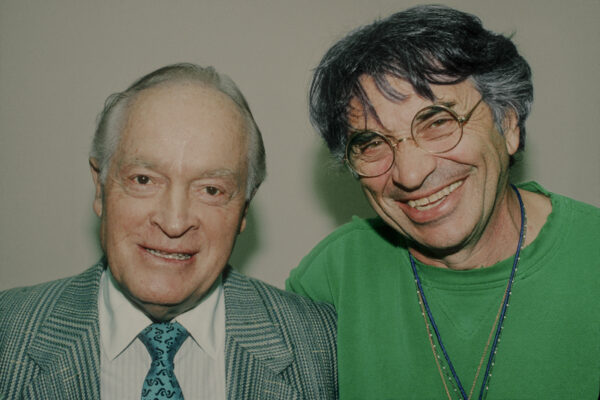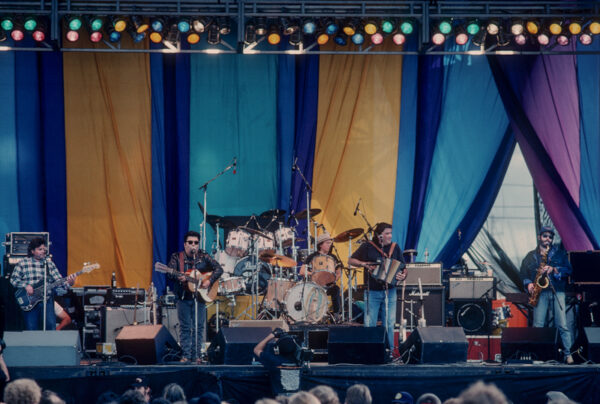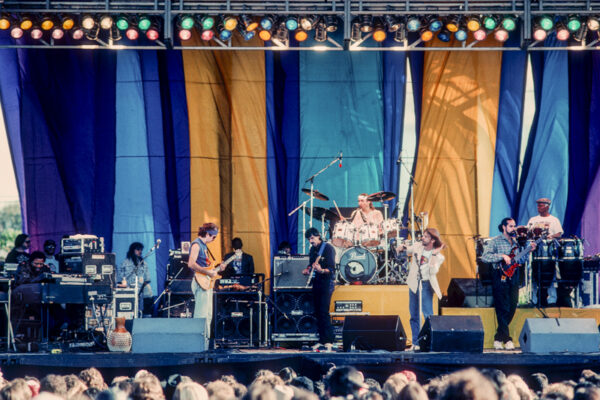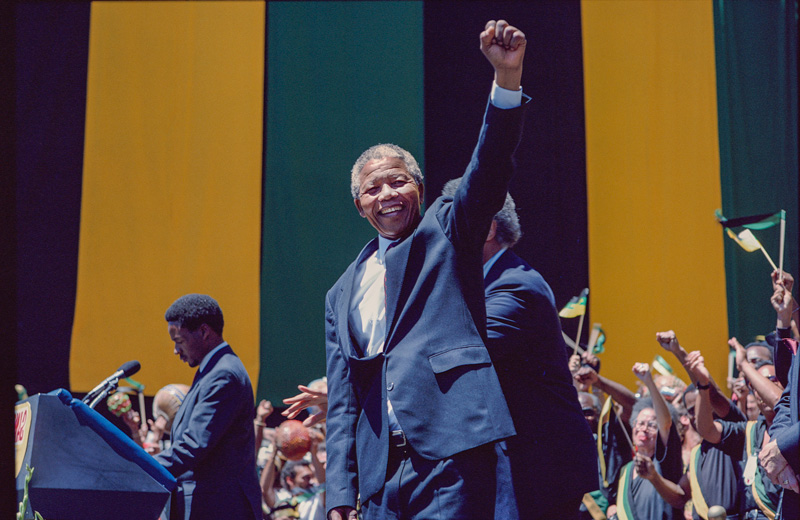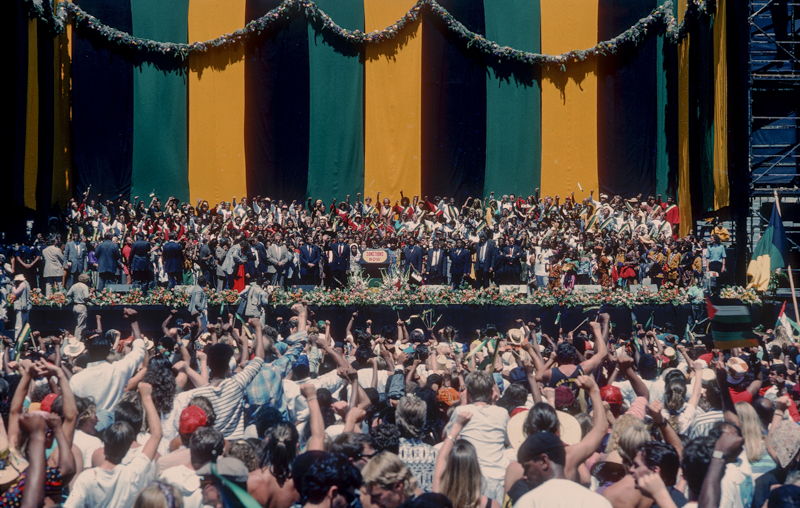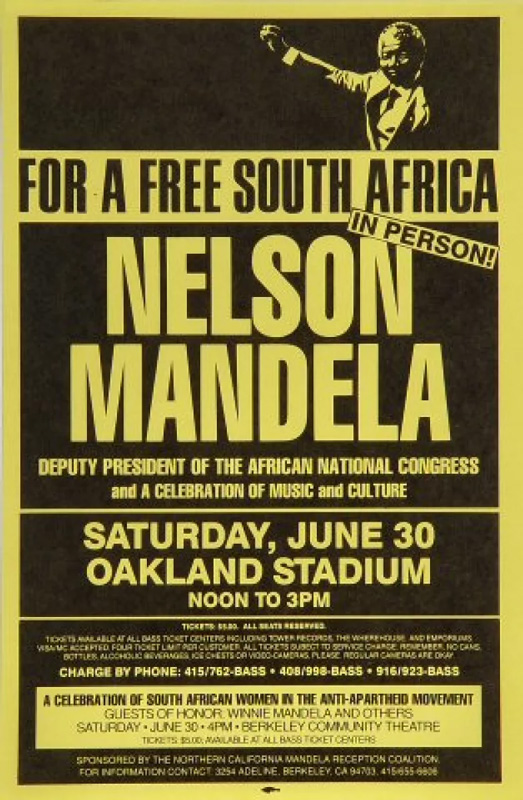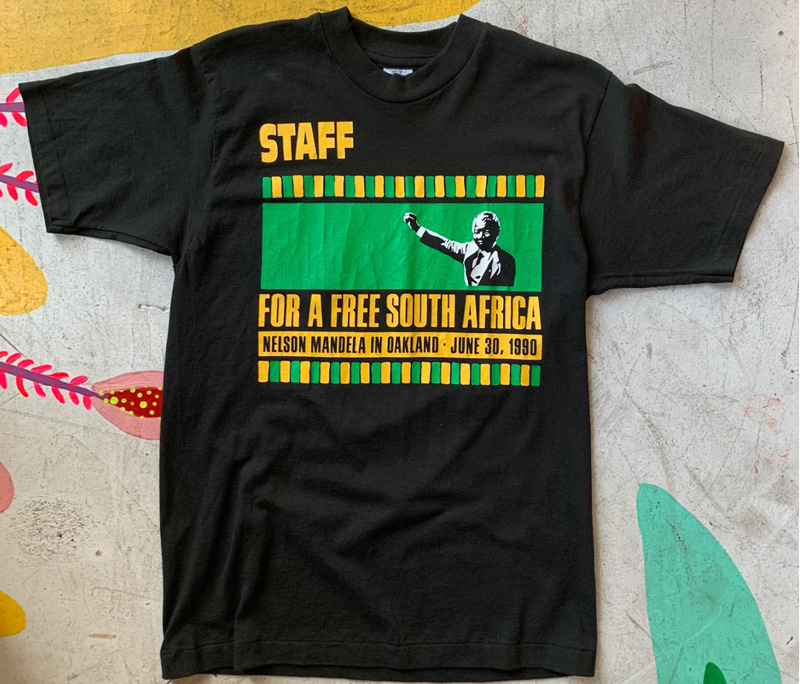NEW-YORK HISTORICAL SOCIETY PRESENTS: THE ROCK & ROLL WORLD OF LEGENDARY IMPRESARIO BILL GRAHAM
Immersive Audio Experience Featuring the Music of David Bowie, Rolling Stones, Janis Joplin, and Other Rock & Roll Icons and a Recreation of the Fillmore East’s Famous “Joshua Light Show” Bring Visitors into the Rock & Roll World
Bill Graham and the Rock & Roll Revolution
On View February 14 – August 23, 2020
Timed-entry tickets on sale December 20 at nyhistory.org

NEW YORK, NY (December 10, 2019)– The New-York Historical Society presents the rock & roll world of Bill Graham (1931–1991), one of the most influential concert promoters of all time. Bill Graham and the Rock & Roll Revolution, on view February 14 – August 23, 2020, explores the life and work of the legendary music impresario who worked with the biggest names in rock music—including the Grateful Dead, Jefferson Airplane, Jimi Hendrix, Santana, Led Zeppelin, and the Rolling Stones—and launched the careers of countless music luminaries at his famed Fillmore Auditorium in San Francisco and the Fillmore East in New York City. Organized by the Skirball Cultural Center, which debuted the exhibition in Los Angeles, this comprehensive retrospective of Graham’s life and career explores some of the 20th century’s momentous cultural transformations through the lens of rock & roll. Showcasing more than 300 objects—including rock memorabilia, photographs, and concert posters—the New-York Historical presentation, coordinated by Associate Curator of Exhibitions Cristian Petru Panaite, highlights Graham’s personal connections to New York. Admission to the exhibition will be via timed-entry tickets and begins with a site-specific installation of “The Joshua Light Show,” the trailblazing liquid light show conceived in 1967 by multimedia artist Joshua White that served as a psychedelic backdrop to Graham’s concert productions in New York.
Unique to New-York Historical is a special, immersive audio experience, providing a musical tour through the exhibition with songs by rock & roll superstars the Allman Brothers, Chuck Berry, Blondie, David Bowie, Cream, the Doors, Aretha Franklin, the Grateful Dead, Jefferson Airplane, Jimi Hendrix, Janis Joplin, KISS, Led Zeppelin, Madonna, Tom Petty, Quicksilver Messenger Service, Carlos Santana, the Rolling Stones, the Sex Pistols, and Neil Young, among others. Included in the four-hour soundtrack available to visitors are also mambo hits by Tito Puente that Graham loved in his early years in New York. The audio experience is generously sponsored by luxury audio brand Master & Dynamic. A playlist of featured songs is available on Spotify.
“Even though Bill Graham and the Fillmore East transformed the city’s music scene in the late 1960s, few know about Graham’s immigrant background and New York roots,” said Dr. Louise Mirrer, president and CEO of New-York Historical. “We are proud to collaborate with our colleagues at the Skirball Cultural Center to present this exhibition in New York—Graham’s first American hometown—and to highlight his local experience. His rock & roll life was a pop-culture version of the American dream come true.”
“Master & Dynamic is proud to sponsor Bill Graham and the Rock & Roll Revolutionin our hometown of New York City,” said Nathaniel Teichman, head of strategy & business development at Master & Dynamic. “We are committed to supporting the New York-Historical Society and to helping bring to life the story of Bill Graham, who transcended incredible odds after escaping the Nazis to become one of the most influential figures in rock history.”
Bill Graham and the Rock & Roll Revolutionbegins with family snapshots of Graham’s experience as a Jewish emigrant from Nazi Germany and his journey to America. Born in Berlin as Wolfgang Grajonca, he arrived in New York at the age of 11 as part of a Red Cross effort to help Jewish children fleeing the Nazis. He lived with a foster family in the Bronx and spent his teenage years in New York City before being drafted into the U.S. Army to fight in the Korean War. Graham relocated to San Francisco in the early 1960s as the hippie movement was growing and took over the lease on the Fillmore Auditorium, where he produced groundbreaking shows throughout the decade, including sold-out concerts by the Grateful Dead, Cream, Big Brother and the Holding Company, and the Doors, among many others.
The exhibition showcases performance and backstage photographs of these and other music icons, including blues legend B.B. King, who reportedly saw “long-haired white people” lining up outside the venue to watch him perform and said: “I think they booked us in the wrong place.” Graham was committed to booking diverse acts at his venues, saying: “I never give the public what it wants. I give the public what it should want.” Also on view are guitars played by legendary performers such as Carlos Santana, Pete Townshend of the Who, and Duane Allman of the Allman Brothers Band, as well as numerous psychedelic-art concert posters showing Graham’s mastery of promoting and marketing artists. Stage costumes worn by Jimi Hendrix and Peter Frampton as well as Janis Joplin’s microphone and tambourine are on display.
In 1968, Graham opened the Fillmore East on Manhattan’s Lower East Side, historically the heart of New York’s Jewish immigrant community, just as it was becoming a countercultural hub. During its three-year run, rock fans filled the 2,700-seat venue to hear the Grateful Dead, Jefferson Airplane, Jimi Hendrix, Led Zeppelin, and others. A highlight of the Fillmore East experience was “The Joshua Light Show,” a mesmerizing liquid light show, conceived by multimedia artist Joshua White, that played as the backdrop as bands performed; in this installation, specially created for the exhibition, a colorful explosion of choreographed artistic projections set to music greet visitors at the entrance of the exhibition.
Graham felt that rock & roll was a powerful force for supporting humanitarian causes and was instrumental in the production of milestone benefit concerts in the 1980s such as Live Aid (1985) and Human Rights Now! (1988), as well as the American-Soviet Concert for Peace in Moscow (1987). Outspoken about politics, Graham said, “My love for America was always founded on the feeling that here, I had my rights.” He often faced criticism for his views, however, and in 1985, his San Francisco office was firebombed—the exhibition features items salvaged from his office, including a charred telephone and scale model of the Bill Graham Menorah in Union Square, one of the first Menorah lighting celebrations outside of Israel. Graham died in a helicopter accident in 1991, after leaving a concert.
Timed-entry tickets for Bill Graham and the Rock & Roll Revolutiongo on sale on December 20. Visit nyhistory.org.
Programming
On February 26, scholars discuss how Jewish families in Germany similar to Graham’s struggled to find refuge in the years leading up to WWII and the heated debate in the U.S. government over whether to admit those seeking to escape the Holocaust. In the spring, a series of walking tours of Greenwich Village explore the history, music, and culture of the neighborhood.
A special family guide is available for young visitors to explore the exhibition, featuring activities like scavenger hunts, sketching prompts, and quizzes. During February School Vacation Week, kids create rock & roll-inspired crafts, and Sunday Story Time in the spring features music-themed books.
Support
Bill Graham and the Rock & Roll Revolution is organized and circulated by the Skirball Cultural Center, Los Angeles, in association with the Bill Graham Memorial Foundation, and made possible by the support of Alex Graham, David Graham, and Danny Scher. The exhibition is coordinated at New-York Historical by Cristian Petru Panaite, associate curator of exhibitions. New-York Historical is grateful for the cooperation of the National Museum of American Jewish History. The audio experience is generously sponsored by luxury audio brand Master & Dynamic.
Exhibitions at New-York Historical are made possible by Dr. Agnes Hsu-Tang and Oscar Tang, the Saunders Trust for American History, the Seymour Neuman Endowed Fund, the New York City Department of Cultural Affairs in partnership with the City Council, and the New York State Council on the Arts with the support of Governor Andrew Cuomo and the New York State Legislature. WNET is the media sponsor.
About New-York Historical Society
The New-York Historical Society, one of America’s preeminent cultural institutions, is dedicated to fostering research and presenting history and art exhibitions and public programs that reveal the dynamism of history and its influence on the world of today. Founded in 1804, New-York Historical has a mission to explore the richly layered history of New York City and State and the country, and to serve as a national forum for the discussion of issues surrounding the making and meaning of history. New-York Historical is also home to the Patricia D. Klingenstein Library, one of the oldest, most distinguished libraries in the nation—and one of only 20 in the United States qualified to be a member of the Independent Research Libraries Association—which contains more than three million books, pamphlets, maps, newspapers, manuscripts, prints, photographs, and architectural drawings.
The New-York Historical Society is located at 170 Central Park West at Richard Gilder Way (77th Street), New York, NY 10024. Information: (212) 873-3400. Website: nyhistory.org. Follow the Museum on social media at @nyhistory on Facebook, Twitter, Instagram, YouTube, and Tumblr. #billgrahamrocks
Press Contacts
Ines Aslan, New-York Historical Society Julia Esposito, Polskin Arts
212.485.9263 / ines.aslan@nyhistory.org 212.715.1643 / julia.esposito@finnpartners.com
Image credit: Baron Wolman, Jimi Hendrix performs at Fillmore Auditorium, Fillmore Auditorium, San Francisco, February 1, 1968. Gelatin silver print. Iconic Images / Baron Wolman

